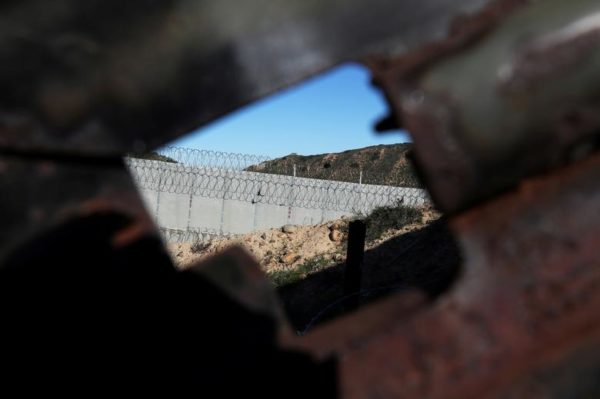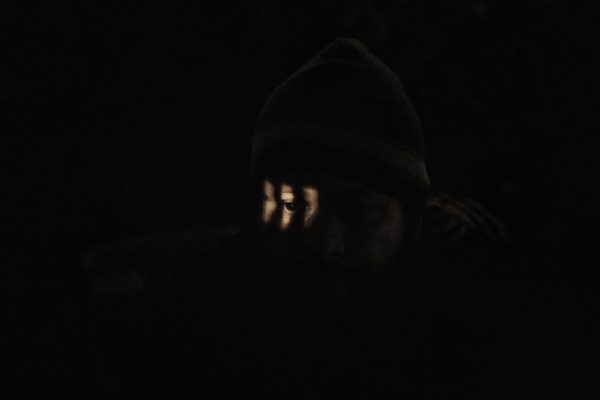Notes
Why Wall Breaching Photos Don’t Capture the Border Crossing Story

News photos are giving us an increasingly more complex and subjective response to the border wall/immigration debate than those made by documentary photographers. And it’s not surprising, because for a story as fragmented as this one, conventional documentary images might not suffice.

An abstract story demands different kinds of visualization, and so often it is has been images of things like drone photography and government handouts that brought us closest to understanding the simmering complexities of our southern border.
These two photographs are dynamic, cinematic expressions of what it feels like to be there. Like the best news photos, they don’t try to elicit sympathy or drive an agenda. These are hard pictures of a hard reality, rendered in geometric precision to command viewers’ attention. Far from the frenzied “emergency” evoked by President Trump, they relay a solitary experience of waiting and watching at the border. They make us aware of the situation through shards of closely cropped information, revealing only part of the larger story. Like the the barbed wire draping a concrete section of the barrier as glimpsed by Reuters’ Shannon Stapleton, or the menacing shadows cast across a migrant’s face in Daniel Ochoa de Olza’s image for the AP, this dearth of visual information is characteristic of the undocumented experience itself. Seen together, these photographs remind us that immigrants are not an organized caravan or an impending wave of bodies. They are mostly alone, navigating one step at a time through a constellation of unknowables, invisible to what awaits them on the other side of our already existing, highly militarized border wall.
Seemingly impervious, the slatted see-through border fence has become a blunt repository for North-South bifurcation narratives, encapsulating the essence of immigrant longing (they may look but not touch) and criminalization. But the depopulated region of the border—an exposed stretch of sand, steel, and water—represents more than just a physical barrier. This bordered region is for so many migrants the inverse of sanctuary, and beyond the obvious visual cue of humans clamoring over a fence, there haven’t been a lot of clear ways to see that.
Of course Trump’s “wall” remains the focus of media attention, but the real story of illegal border crossings is spread across a serpentine 2,000 miles, where there are as many migrant experiences as there are points of entry. It could be that the actual act of crossing is not where this story is best illustrated. Instead, its most vivid evocation is in the psychologically tinged silence of what comes immediately before and after.
— Rian Dundon
Photo: Photo 1: Shannon Stapleton/Reuters Caption: The U.S. side of the U.S. and Mexico border fence is seen in Tijuana, Mexico. Photo 2: Daniel Ochoa de Olza/AP. Caption: A migrant looks through a hole in a border fence as he attempts to get into the U.S. side to San Diego, Calif., from Tijuana, Mexico, Tuesday, Jan. 1, 2019. Discouraged by the long wait to apply for asylum through official ports of entry, many migrants are choosing to cross the U.S. border wall and hand themselves in to border patrol agents.


Reactions
Comments Powered by Disqus